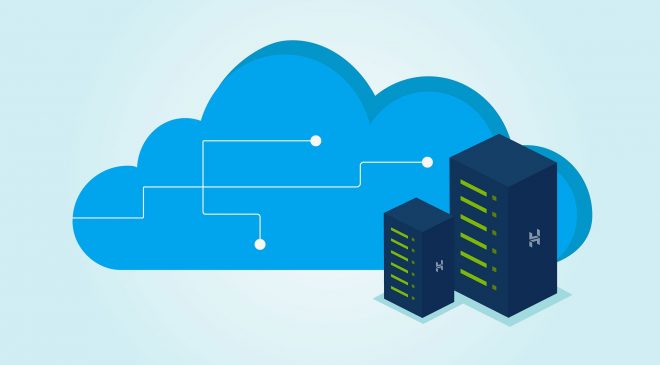
For resilient business operations.
Future Enterprises will require modern digital infrastructure that is highly resilient, flexible, agile, and infinitely scalable to deliver digitally enabled products, services, and pervasive experiences. Cloud-centric platforms and technologies which can deliver autonomous IT service capabilities with ubiquitous experience across deployment models will be the keystones of customer’s digital infrastructure journey over the next several years, according to IDC.
IDC recently published IDC FutureScape: Worldwide Future of Digital Infrastructure 2021 Predictions — Asia Pacific — excluding Japan (APACeJ) Implications report which provides predictions for Future of Digital Infrastructure for 2021 and beyond.
The report is intended to provide strong advisory for technology buyers to build highly resilient, scalable and agile infrastructure that meets the most challenging digital business KPIs, today and tomorrow, said Rajnish Arora VP for enterprise infrastructure research at IDC APAC.
“Asian businesses intending to thrive and succeed in the digital paradigm will need to make strategic investments in bullet-proofing their IT infrastructure with modern, innovative, and disruptive technology solutions which deliver infinite scale, highest levels of agility, and extremely flexibility,” he said.
IDC’s Future of Digital Infrastructure research framework is built around three key strategic elements which are:
- Using cloud-native technology to power infrastructure that spans from the core to the edge and encompasses private and public cloud deployments
- AI/ML-powered tools for automated provisioning of resources based on business KPIs and SLAs
- Delivering a consistent experience of deployment across myriad locations and consumption models
Businesses across vertical industries are transforming and modernizing their IT infrastructure at an accelerated pace across APACeJ, which will enable them to run modern data-driven cloud enabled workloads as well as many of the traditional business-critical workloads on a common architecture. Asian enterprises are leveraging cloud-enabled architectures which ensure seamless mobility of applications and data across different destinations using software-defined intelligence for automated provisioning, orchestration, and management of IT resources using software-defined intelligence and AI/ML-powered technologies.
Enterprises will rely on key infrastructure KPIs and metrics tied to optimisation, resiliency, and ongoing enhancement to drive C-Level decision making.
To accelerate their data-driven innovation agenda, organisations must build a single cohesive data management strategy that spans across lines of business and business functions. Data security, governance and trust, data access quality, and data analysis capabilities across all deployment locations will be the underpinning catalysts of enterprise-wide data management strategy.
The following three predictions out of the top 10 predictions for Future of Digital Infrastructure are expected to have profound impact on technology buyer decisions around infrastructure modernisation and transformation over the next several years.
- Prediction 4: By 2023, 65 per cent of digitally transformed enterprises rely on key infrastructure metrics tied to optimization, resiliency, and ongoing enhancement to drive C-Level decision making.
- Prediction 8: By 2024, 75 per cent of the enterprises prioritize infrastructure agility and operational efficiency leading to a 5X increase in the adoption of cloud-native architectures for core business applications.
- Prediction 9: By 2024, recurring infrastructure failures that inhibit business resiliency and security across all locations drives 60 per cent of enterprises to mandate the use of automated digital infrastructure




